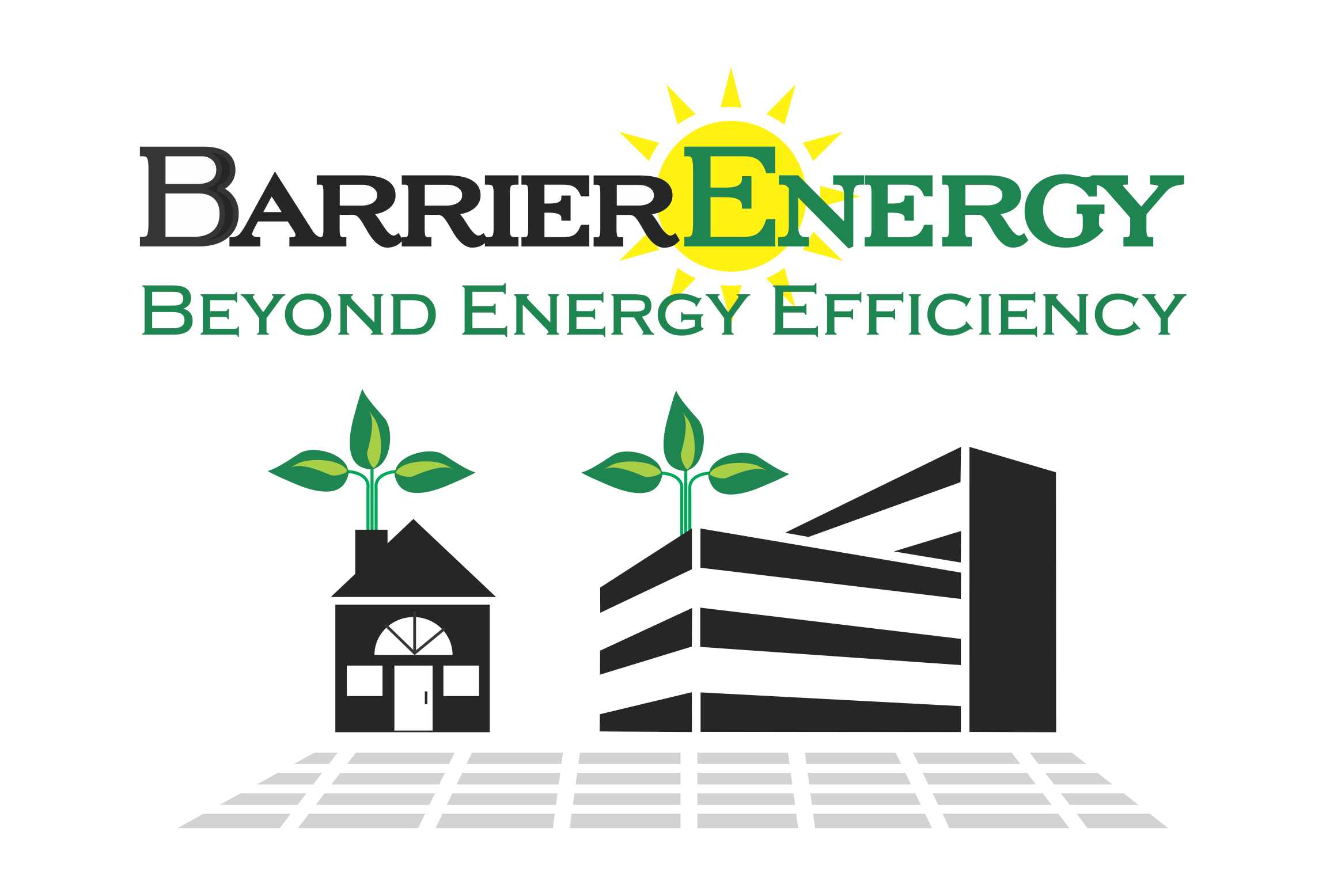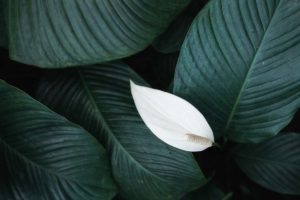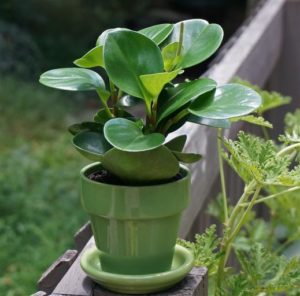Fact Vs Fiction:
As humans separate themselves from nature to create stable environments, we are also cutting ourselves off from the health benefits of nature. Therefore, we must be sure we aren’t cutting nature out of our lives entirely. Fresh air, plants, and sunshine are vital to us mentally, physically, and emotionally. Can we get those same benefits by bringing nature indoors? Specifically, can house plants make a noticeable improvement to our health?
In the 1980s NASA completed a series of controlled studies to measure how effectively plants could clean the air inside sealed spacecraft. Surprisingly, they found indoor plants can remove up to eighty percent of air pollutants within one day! However, these results are not entirely applicable to the everyday home. Humans do not live in a controlled environment like that. The reality is, house plants may not do as much as we’d hope to solve the issue of indoor air quality. Nonetheless, several studies have still concluded house plants can combat dust, boost oxygen levels, and decrease other airborne particulates. To be highly effective would require at least ten house plants per thousand square feet. So, go big or go home!
Other Benefits:
Photosynthesis is the process through which plants filter our air. Increased oxygen levels have been shown to decrease stress while enhancing mental focus. Expectedly, the brain functions better with fresh oxygen. Overall, indoor house plants can produce a healing and calming effect. Simply gazing at the greenery provides sedative aesthetic appeal.
Plants also help indoor air quality through transpiration, humidifying the air. Say goodbye to those cracked lips and stuffy nose! Seriously though, proper levels of humidity protect respiratory and skin health.
Best House Plants for Indoor Air Quality:
Different species of plants have different qualities based on adaptation to their environments. Some plants are more effective at photosynthesis, while some plants are more effective at transpiration. Typically, broad leafy green plants are highly efficient at photosynthesis. That’s because this chemical process takes place from chloroplasts, which are green. Chlorophyll, the pigmentation, helps absorb and channel light energy. Some of the best air-purifying plants include Peace Lily, Snake Plants, English Ivy, and Chinese Evergreen.
In contrast, tropical plants are primarily the best humidifiers. In the rainforest, water is abundant. Thusly, these plants have adapted to release large amounts of water. Broad leaves allow the sun the effectively evaporate the water that the plants pull upwards from their roots. For humidity, choose tropical varieties such as the Rubber Plant, Ferns, Palms, and Orchids. Accordingly, for optimal results, the key is striking a balance between the varieties best at photosynthesis versus humidification.
What to Watch Out For:
If you decide this is something you’d be interested in, there are a couple of things you should be aware of. First, make sure you are choosing plants that are safe for pets and children if you have them. Here is a list of the most common dangerous house plants for animals. Also, check out this list of plants that are poisonous to humans. Second, you will have to keep a close eye on the soil moisture of your plants. Overwatering can cause mold or fungi to grow, which can be dangerous to your health. That would destroy the whole purpose of what we have outlined in this article. Ergo, if you have a green thumb and have time for proper caretaking, this solution is for you.
While you’re at it, you can get an Indoor Air Quality Test performed to ensure there is adequate airflow of exhaust air from your residence. Ideal airflow rates are determined by square footage and occupancy limit. Without proper airflow, harmful toxins have no way to exit the property. If you live in Southern California, BarrierEnergy can complete this test quickly and affordably. Contact us today.




Recent Comments